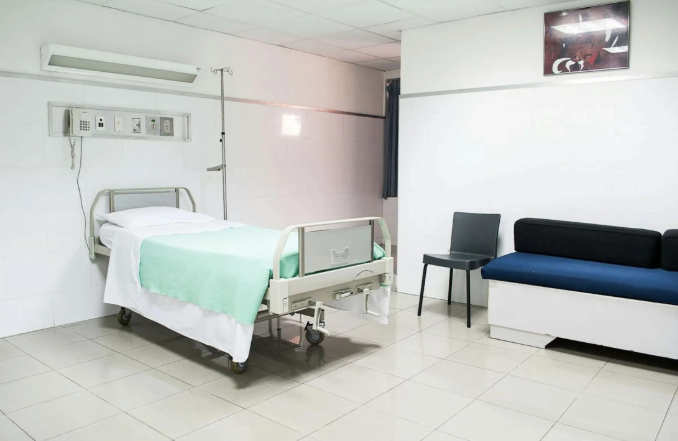Greater Worcester ranks among the lowest regions in the state when it comes to avoidable emergency department visits and difficulty obtaining necessary health care, yet it falls behind for the number of preventable care visits, making it one of the most heterogeneous areas for healthcare access in the commonwealth, according to a new report.
At 29.9%, nearly 1/3 of emergency department uses in the region were avoidable in 2023, according to the Primary Care Dashboard released Thursday by the state Center for Health Information and Analysis in collaboration with Massachusetts Health Quality Partners.
While that percentage may be startling, it represents the second-lowest avoidable visit rate in the state. The lowest rate in the state is the CHIA labeled as MetroWest, which had a rate of 25.6%.
Although the dashboard splits Massachusetts into eight zones, this metric excluded the South Coast, and Cape and Islands due to unavailable data. CHIA’s breakdown of the state regions in the dashboard is slightly different than the traditional breakdown. CHIA’s MetroWest region includes south MIddlesex County, Norfolk County, and Bristol County. CHIA labeled Worcester County as Central Massachusetts.
Metro Boston had the highest percentage of avoidable ER visits at 44.3%.
At 37.6%, more than 1/3 of those in Greater Worcester experienced difficulty obtaining necessary health care, a figure that is also the second-lowest in the state.
This measure includes patients’ inability to acquire an appointment with a doctor’s office, clinic, or specialist as soon as needed, a doctor’s office or clinic not accepting new patients or insurance types, and inability to access an appointment due to transportation issues, according to the report.
CHIA’s MetroWest region had a lower rate than Greater Worcester in this metric, with a rate of 36.7%. The South Coast experienced the most difficulty accessing necessary care, at 47.1%, representing nearly half its residents.
While these figures are comparatively promising for the region, Greater Worcester swung to the other side of the pendulum when it came to the rate of preventative care visits.
At 82.7%, Greater Worcester saw the fourth-lowest rate of preventative care visits in 2023, coming behind Metro Boston at 77.3%, the Cape and Islands at 79.0%, and Western Massachusetts at 80.1%.
The area shifted in rank slightly in respect to residents with a primary care provider, coming in fourth-highest in the state at 90.7%. CHIA’s MetroWest region had the highest rate of 95.2%.
“Primary care is a cornerstone of any healthcare system; timely access to high-quality primary care is the first step in ensuring that Massachusetts residents can get the care they need, at the right time, and in the right setting,” Lauren Peters, CHIA executive director, said in a Thursday press release.
Established in 2012, CHIA aims to gather objective health care data throughout the state in an effort to educate the public and inform policy change.
“Tracking the efficacy and performance of the Massachusetts primary care system supports evidence- based policies and reforms aimed at improving primary care access and ultimately patient outcomes,” Peters said in the release.
Mica Kanner-Mascolo is a staff writer at Worcester Business Journal, who primarily covers the healthcare and diversity, equity, and inclusion industries.

